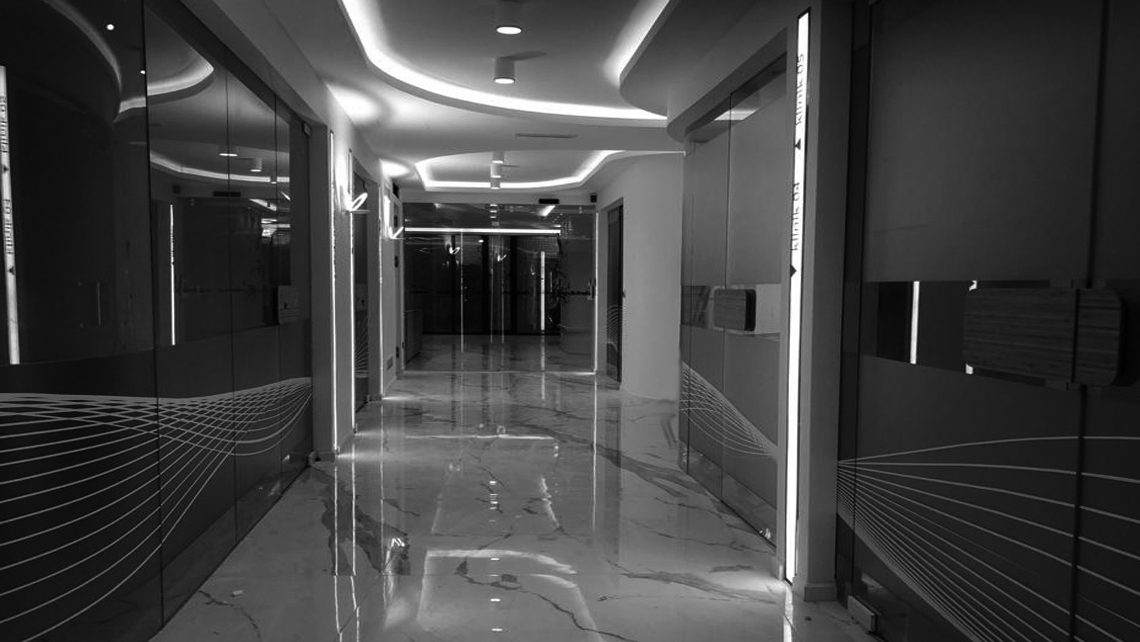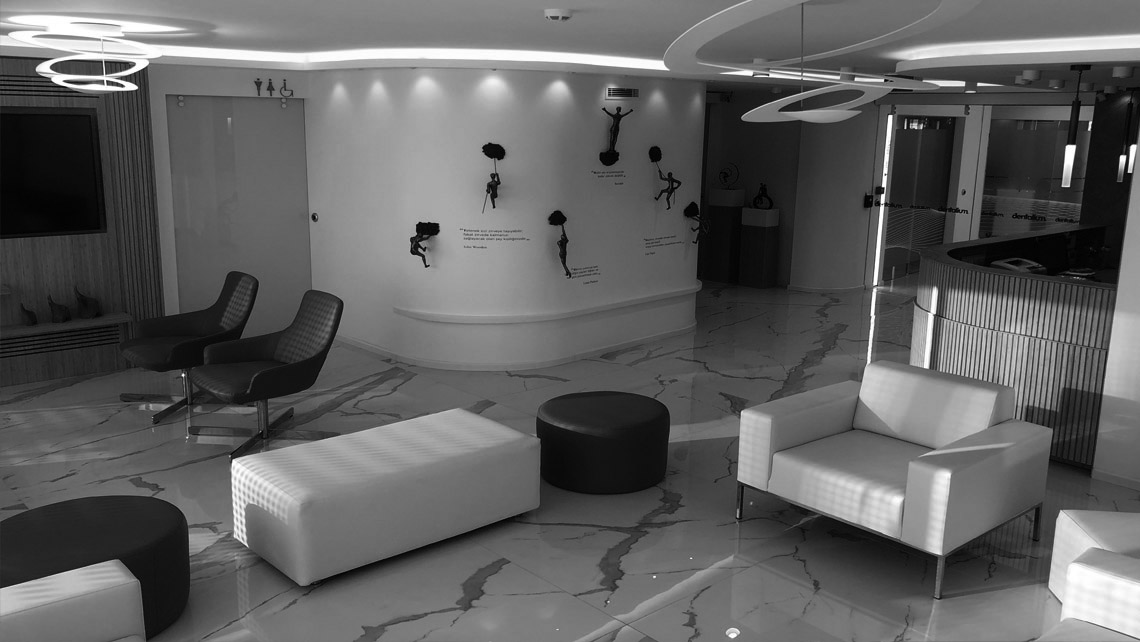DIGITAL DENTISTRY
Digital Dentistry
QUESTION & ANSWER
- DIGITAL DENTISTRY
- As in all fields, digital systems have started to rapidly replace conventional methods in dentistry with the developing computer technologies. Basic principles of digital dentistry There is a wide range of dental technologies defined as Computer Aided Design and Computer Aided Manufacturing (CAD/CAM).
- WHAT CAN BE DONE IN DIGITAL DENTISTRY?
-
With digital applications, it is possible to realize treatments that are more comfortable for the patient, faster for the physician and with high technology, better results can be achieved.
• Making treatment planning
• Diagnosis and planning with digital radiographs
• Digital measurements can be taken directly from the patient's mouth with intraoral scanners
• Direct production with intraoral imaging in a very short time
• Preparation of models digitally
• Prosthesis production with 3-D printers and CNCs
• Processing images with digital photos
• Occlusion and TMJ analysis
like this digital systems are used in many other dental areas. - THE ADVANTAGES OF DIGITAL DENTISTRY
- Digital dentistry has many advantages for the patient and the dentist. One of the biggest advantages is that high quality results can be obtained in a very short time. Reducing the number of appointments, reducing the number of patient visits to the clinics, shortening and practicalization of the application time by the patient, shortening and practicalization of the application time by the patient, for the physician at the patient's bedside. The shortened elapsed time is one of its other advantages. It contributes to a more comfortable and enjoyable treatment process for the patient and the physician. Most importantly, with these systems The quality standard of the product to be obtained by standardizing is high.
- SMILE DESIGN WITH DIGITAL SYSTEMS
- Smile design, which has become an indispensable part of aesthetic dentistry, has become an easier and faster application with today's digital dentistry applications. The possibility of presenting the patient with an image of how the final image will look like during the planning session is much more beneficial for both the patient and the physician. Presented to the patient Thanks to the 3-dimensional image, dentistry with various computer-aided programs that enable the physician to understand all the expectations of the patient while providing function and aesthetics has taken on a new dimension.



